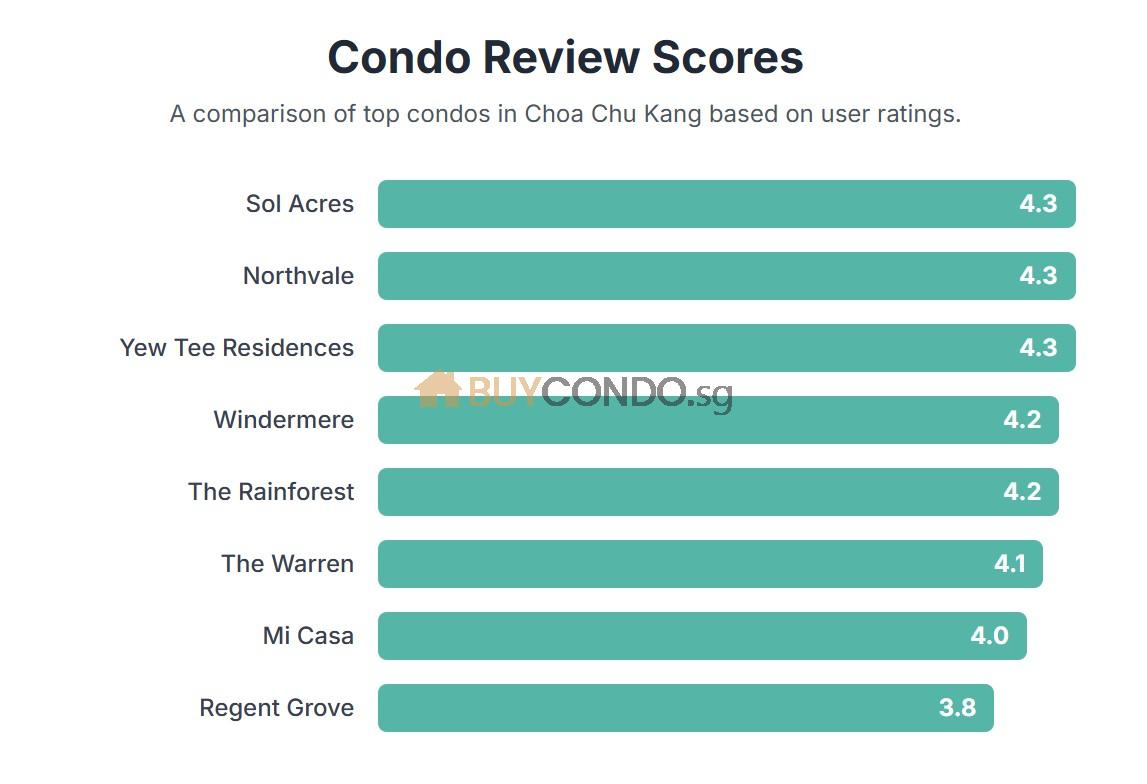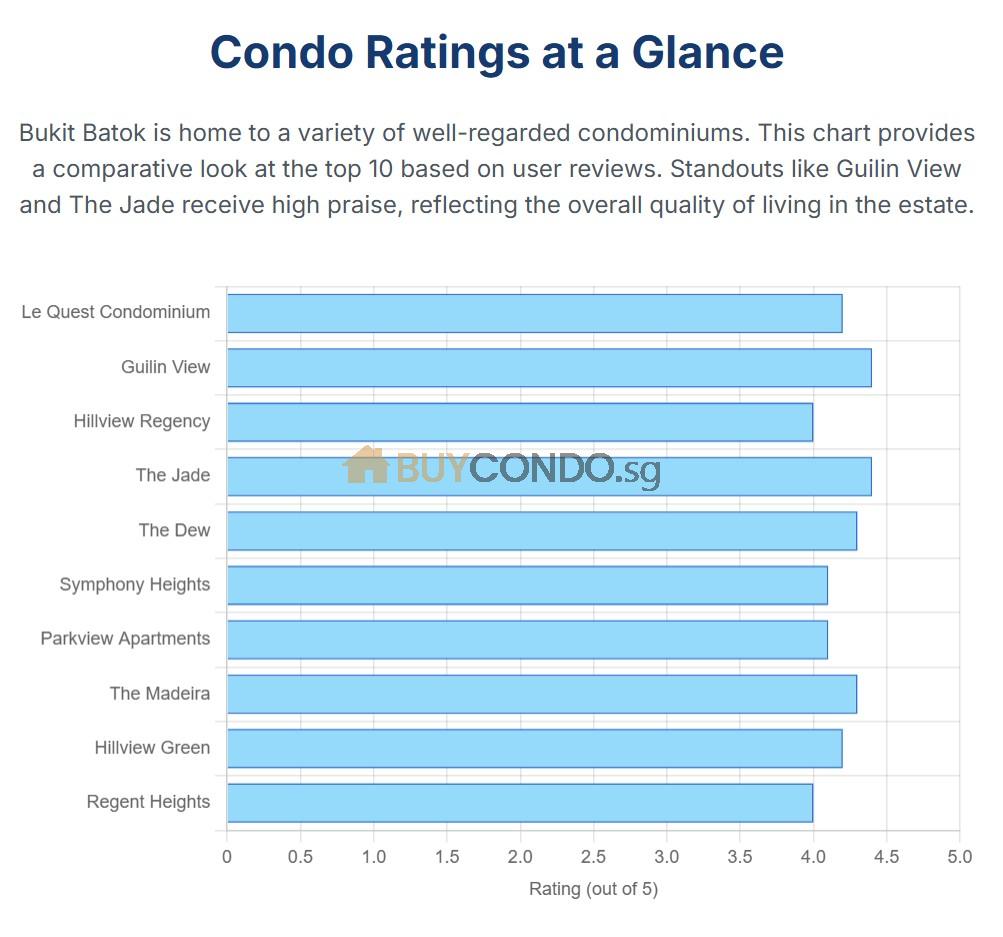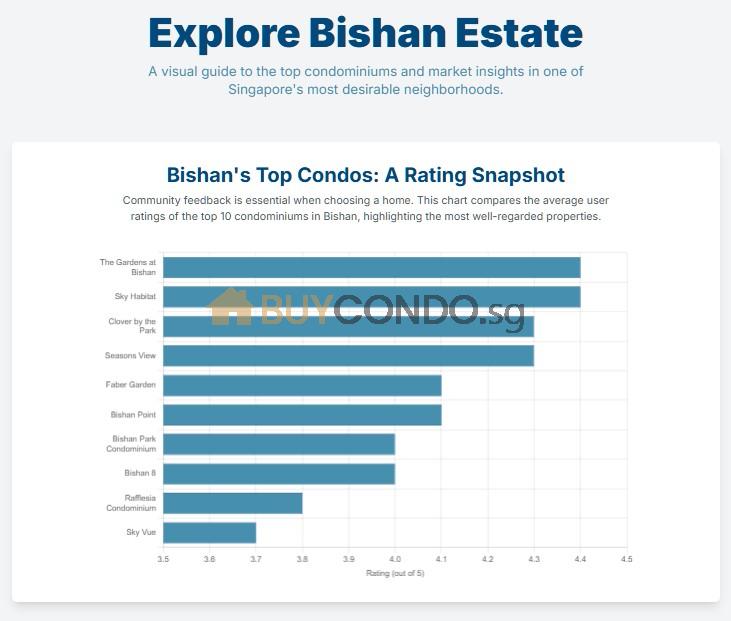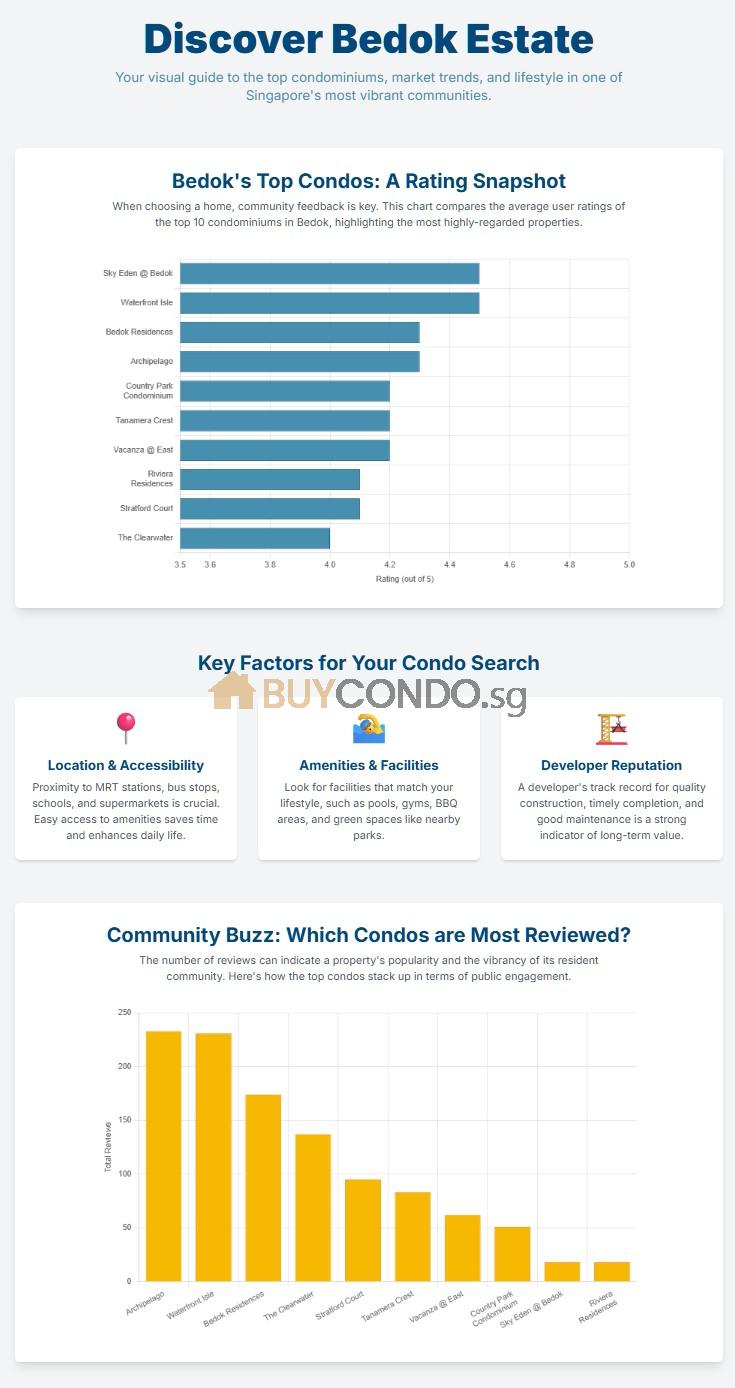Impact of Lifting the 15 Month HDB Wait-Out Period
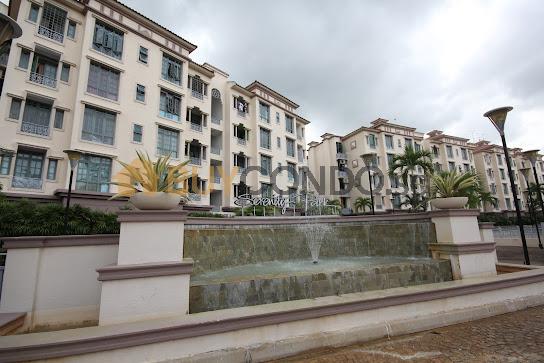
1. Introduction: A Pivotal Shift in Singapore’s Property Landscape
Singapore’s property market, a cornerstone of national wealth and social stability, stands at a critical juncture. A significant policy adjustment is on the horizon: the potential lifting or relaxation of the 15-month wait-out period for private home owners seeking to purchase Housing & Development Board (HDB) resale flats. This measure, initially introduced in September 2022, served as a key cooling mechanism to moderate the HDB resale market.1
National Development Minister Chee Hong Tat’s recent remarks signal that this review may come sooner than 2027 or 2028, indicating a proactive governmental stance in response to evolving market dynamics.1 This impending change is not merely administrative; it represents a fundamental recalibration that will ripple across both the HDB and private property sectors. This analysis will dissect the genesis and impact of the wait-out period, explore the strategic rationale behind its potential removal, and forecast the multi-faceted implications for demand, prices, and market accessibility in both the HDB resale and private property markets. It will also identify key beneficiaries and offer strategic recommendations for stakeholders navigating this evolving landscape.
2. The 15-Month Wait-Out Period: Genesis and Initial Impact
Policy Definition and Purpose
The 15-month wait-out period mandates that former and current private home owners must wait 15 months after selling their private property before they can buy a non-subsidised HDB resale flat.1 This rule, however, does not apply to those aged 55 and over who are buying a four-room or smaller resale flat.1
The policy was implemented in September 2022 with a clear primary objective: to cool down a rapidly heating HDB resale market.1 Private property downgraders, often possessing substantial capital from their private sales, were perceived as a significant contributor to price surges, frequently outbidding first-time home buyers in the resale market due to their greater financial means.1 The measure was thus designed to curb this specific segment of demand and safeguard affordability for the broader populace.
Initial Effects on the HDB Resale Market
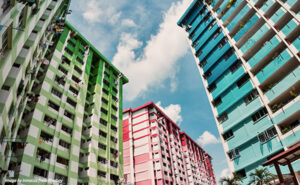
Initially, the policy appeared to achieve its intended effect. Prices of resale HDB flats grew at a slower pace, suggesting that the temporary removal of these cash-rich buyers helped ease upward pressure on resale flat prices.1 This indicated that the policy acted as a temporary brake on the market.
However, this moderation proved to be transient. Once the first cohort of affected private home owners completed their wait-out period, the market experienced a significant resurgence in activity. The first three months of 2024 saw 7,068 resale HDB flats change hands, accompanied by a 1.8% quarter-on-quarter increase in the HDB resale price index – the steepest since the rule’s implementation.1 This momentum continued into the second quarter of 2024 with a 2.3% price increase, clearly signaling that returning private buyers were a key force driving renewed demand and price growth.1 This market behavior suggests that the measure merely delayed, rather than eliminated, the entry of private downgraders, leading to a build-up of pent-up demand. The underlying demand from this segment remained strong, indicating that broad cooling measures, while effective in the short term, can sometimes create artificial suppressions of natural market forces.
More recently, this rebound tapered slightly in the first three months of 2025, when the quarterly growth of the resale price index slowed to 1.6%.1 A contributing factor to this slowdown was likely the large Sale of Balance Flats (SBF) exercise in February 2025, which increased the availability of flats and absorbed some demand that would otherwise have gone to the resale market.1
Impact on the Private Rental Market
A significant, though perhaps unintended, consequence of the 15-month wait-out period was its effect on the rental market. Many private home owners, particularly those needing immediate housing after selling their properties, were pushed into the rental market while awaiting their eligibility to purchase an HDB flat.1 This directly contributed to stronger rental demand and, consequently, upward pressure on rents for bigger HDB flats and mass-market condominiums.1 This dynamic positioned the rental market as a temporary solution for those in transition, absorbing the demand displaced by the wait-out period. If this period is lifted, this artificial boost to rental demand is expected to dissipate, potentially leading to a moderation or even decline in rental prices for these segments, suggesting a rebalancing of the rental market.
3. Why Now? The Strategic Rationale for Policy Re-evaluation
The consideration of lifting or relaxing the 15-month wait-out period is driven by a confluence of factors, primarily the moderation of HDB resale price growth and a significant increase in the HDB supply pipeline.
Moderation of HDB Resale Price Growth
The HDB resale price index growth slowed to 1.6% in the first quarter of 2025. This marks the lowest growth in the past five quarters, a notable decrease from the 2.6% recorded in Q4 2024.3 This trend is a key indicator for the government, suggesting that the market is stabilizing and that the rapid price surges observed previously are easing. National Development Minister Chee Hong Tat explicitly stated that the policy’s removal is “pegged to price moderation” and that “early signs of that moderation” are being observed.3
Significant Increase in HDB Supply Pipeline
A crucial factor enabling this policy re-evaluation is the anticipated surge in HDB supply. The Housing Board plans to launch over 50,000 new Build-To-Order (BTO) units from 2025 to 2027.1 This strong, continued supply is expected to play a vital role in moderating resale prices.
Furthermore, a significant increase in flats completing their Minimum Occupation Period (MOP) – the mandatory five-year stay before owners are allowed to sell them on the resale market – is projected. Approximately 8,000 flats are expected to reach their MOP in 2025, rising to about 13,500 in 2026, and further to 19,500 in 2028.1 This substantial increase in resale stock from 2026 onwards is expected to significantly relieve demand pressure in the HDB market.4 The successful delivery of 75,800 delayed BTO flats post-pandemic has also contributed to the overall supply catching up with demand, signaling a return to stability.5
This reliance on increased supply to manage prices represents a strategic shift in the government’s approach to market management. While the initial wait-out period was a demand-side cooling measure, the rationale for its potential lifting is now firmly rooted in a supply-side solution. This suggests a more sustainable long-term strategy for market stability, where instead of restricting buyers, the government is confident that increased supply can naturally moderate prices.
Government’s Overarching Objective
The core objective behind these policy considerations remains safeguarding the affordability of resale flats, especially for first-time buyers, and ensuring that prices do not rise too quickly.3 While acknowledging the inconvenience caused to private property owners looking to right-size, the policy’s original objective remains valid.3 The current market conditions, characterized by increased supply and moderating prices, are deemed to provide the “right time” to re-evaluate the measure.3 The government’s willingness to review and potentially lift a relatively recent cooling measure demonstrates a dynamic and responsive policy framework. This is not a rigid, permanent measure but a temporary intervention, indicating that Singapore’s property market is maturing, allowing for more nuanced policy adjustments rather than blunt instruments. This flexibility suggests that future cooling measures might also be designed with built-in review mechanisms, offering greater adaptability to changing economic and social conditions.
The potential relaxation or removal of the 15-month wait-out period is poised to significantly reshape dynamics within the HDB resale market, presenting both opportunities and challenges.
Expected Surge in Demand and Prices
Real estate experts anticipate a rise in demand and prices for resale HDB flats if the rule is relaxed or lifted.1 This demand is particularly expected in mature estates due to their well-established amenities and transport connectivity, which are strong attractions for “right-sizers” (private property owners downsizing) and family buyers.1 Prices of five-room and bigger flats may continue to experience a gradual price increase, according to Ms. Christine Sun of Orange Tee Group.1 This indicates that private downgraders are not merely seeking any HDB flat, but rather specific, higher-value segments. This demographic values amenities, connectivity, and space, reflecting a desire for quality of life even when downsizing. While overall HDB prices might be moderated by supply, these specific desirable segments could still experience disproportionately higher price growth due to concentrated demand from a financially robust buyer pool, potentially leading to a widening price gap within the HDB market itself.
Mitigation of Soaring Prices by Increased Supply
Despite the expected demand surge, the increased supply of flats in the pipeline is crucial for market stability. Over 50,000 new BTO units are slated for launch from 2025 to 2027, coupled with a rising number of flats completing their MOP.1 Experts believe this substantial supply can help mitigate the risk of soaring prices after the relaxation of rules.1 The HDB resale price index growth slowing to 1.6% in Q1 2025, the lowest in five quarters, serves as an early indication of price stabilization, providing authorities with the necessary room to make this policy change.3 The interplay between expected demand and projected supply represents a critical test of the market’s ability to absorb demand without excessive price volatility. The success of this policy adjustment hinges entirely on the timely and sufficient delivery of the projected HDB supply.
The following table provides a clear overview of the HDB resale market’s recent price movements and the projected supply pipeline, illustrating the context for the anticipated policy shift:
| HDB Resale Market: Price Growth & Projected Supply (2024-2028) | |
| HDB Resale Price Index Quarterly Growth | |
| Q1 2024 | 1.8% 1 |
| Q2 2024 | 2.3% 1 |
| Q4 2024 | 2.6% 3 |
| Q1 2025 | 1.6% 3 |
| Projected MOP Flats Reaching Resale Market | |
| 2025 | ~8,000 / 7,454 units 1 |
| 2026 | ~13,500 / 13,480 units 1 |
| 2027 | 23,782 units 6 |
| 2028 | 19,500 units 1 |
| New BTO Units Launched (2025-2027) | >50,000 units 1 |
Potential Implications for First-Time Buyers and Competition
A key concern arising from the potential policy change is the heightened competition for first-time HDB buyers. A sudden influx of cash-rich private property owners could initially drive up prices in certain segments, making it more challenging for first-time buyers to compete, especially for prime or popular resale flats.4 This was, in fact, the original reason for implementing the 15-month measure. The government’s stated aim of safeguarding affordability for first-timers remains a crucial factor to monitor as the market adjusts.4
5. Ripple Effects on the Private Property Market: A Shifting Equilibrium
The potential lifting of the 15-month wait-out period will not only impact the HDB market but also create significant ripple effects across the private property sector, particularly in the rental segment and for transitioning homeowners.
Anticipated Easing of Pressure on the Private Rental Market
The 15-month wait-out period previously compelled many private home owners, especially those needing immediate housing after selling their properties, to enter the rental market while awaiting their eligibility to purchase HDB flats.1 Lifting this period would likely reduce this specific demand segment for rental properties, as these individuals would no longer be forced into interim housing. This reduction in demand is expected to ease the upward pressure on rents, particularly for bigger HDB flats and mass-market condominiums, which were popular choices for these transitional renters.1 This could lead to a rebalancing of the rental market, potentially shifting power slightly from landlords to tenants, especially for larger units, and may contribute to broader economic stability by alleviating some pressure on the cost of living.
Smoother Transition for Private Property Owners
For private property owners, the most significant benefit of this policy change is the increased flexibility and immediate access to the HDB resale market after selling their private property.4 This eliminates the need for lengthy interim housing solutions and concerns about market fluctuations during the waiting period, leading to a smoother and faster transition for those looking to right-size or manage their finances.4 This directly addresses the inconvenience and potential hardship caused by the previous waiting period, significantly reducing the financial and logistical friction associated with right-sizing. This enhanced fluidity could also unlock latent supply in the private market, as owners who were deterred by the wait-out period might now be more willing to sell their private properties, knowing they can transition smoothly to an HDB flat. This fosters a more fluid property ecosystem, allowing supply and demand to adjust more naturally across both HDB and private sectors.
Interaction with Current Private Property Market Trends
In Q1 2025, Singapore’s private property market experienced a quarter-on-quarter increase of 0.81% and a year-on-year increase of 3.33% in the Property Price Index for all private residential properties.8 This growth was largely driven by new launches in fringe and suburban areas. Non-landed properties, specifically strata-titled private condominiums, led the price growth with a 0.95% quarter-on-quarter increase, though this was down from 2.99% in the previous quarter. Annually, prices for non-landed properties rose by 4.74%. Landed properties saw a 0.38% quarter-on-quarter increase, recovering from a slight decline in Q4 2024, but experienced an annual decline of 1.30%.8
Foreign buyer activity remains subdued due to the significant increase in Additional Buyer’s Stamp Duty (ABSD) to 60% for foreign purchasers in April 2023.8 Consequently, wealthy Singaporeans and Permanent Residents (PRs) are increasingly seeking investment opportunities in prime residential areas.8 Overall, industry experts anticipate continued price increases in the private market (projected 3-4% for 2025), supported by low unsold inventory and strong household balance sheets, despite broader economic uncertainties.8
The following table provides a snapshot of the private market’s health and trends, which will interact with the HDB policy change:
| Singapore Private Residential Property Price Index Movements (Q1 2025) | |||
| Category | Quarterly Movement (QoQ) | Annual Movement (YoY) | |
| All properties (whole island) | 0.81% | 3.33% | |
| Landed properties (whole-island) | 0.38% | -1.30% | |
| Non-landed properties (whole island) | 0.98% | 4.74% | |
| – Core Central Region (CCR) | 0.78% | 1.89% | |
| – Rest of Central Region (RCR) | 1.70% | 7.27% | |
| – Outside Central Region (OCR) | 0.31% | 3.82% | |
| Data Source: URA 8 |
6. Key Beneficiaries: Who Stands to Gain the Most?
The potential lifting of the 15-month wait-out period will create distinct advantages for several groups within Singapore’s property ecosystem.
Private Home Owners Under 55
This group is poised to benefit most significantly. The lifting of the rule would allow them to sell their condominium or landed property and secure a replacement HDB home within a much shorter timeframe.1 This directly alleviates financial strain, particularly for those who are “cash-tight,” by reducing the period they might need to rent or manage two properties simultaneously. This enhanced financial flexibility and reduced transactional friction will be a major advantage.
Seniors Desiring Bigger Flats
While the previous rule exempted seniors aged 55 and over who were buying four-room or smaller flats, lifting the general wait-out period would expand options for all seniors who wish to purchase larger HDB flats.1 This provides greater flexibility in their housing choices, allowing them to right-size into a unit that better suits their evolving needs without arbitrary restrictions.
Home Owners of Bigger HDB Flats Looking to Sell
These sellers stand to benefit from the anticipated higher demand for their properties, particularly if private downgraders target larger units in mature estates.1 This increased demand could translate into better selling prices and faster transaction times, making it a more liquid market for them.
Property Agencies and the Broader Transaction Ecosystem
An increase in transaction volumes across the HDB resale market, driven by renewed activity from private downgraders, could significantly benefit real estate agencies, mortgage bankers, and other related industries such as interior design firms and furniture shops.4 This surge in activity would stimulate the broader property transaction ecosystem.
7. Broader Economic and Policy Context: A Holistic View
The potential adjustment to the 15-month wait-out period must be understood within Singapore’s comprehensive and robust framework of property cooling measures and its broader economic outlook.
Other Existing Cooling Measures
The 15-month wait-out period is one component of a broader suite of cooling measures designed to ensure a stable and sustainable property market. Other key measures will continue to act as safeguards, preventing excessive speculation even if the wait-out period is removed:
- Additional Buyer’s Stamp Duty (ABSD): This has been significantly increased over the years, with the latest hike in April 2023 raising rates for foreigners to 60% and for Singaporeans buying second or subsequent properties to 20%.9 This measure effectively curbs speculative buying and limits foreign investment.
- Loan-to-Value (LTV) Limits: These limits have been tightened to reduce reliance on excessive borrowing. For HDB loans, the LTV is capped at 75% as of 2024, requiring higher cash outlays from buyers.9
- Total Debt Servicing Ratio (TDSR): Set at 55%, the TDSR ensures buyers do not overstretch their finances by capping the portion of income that can be used for mortgage payments.9
- Seller’s Stamp Duty (SSD): This discourages speculative flipping by imposing taxes on properties sold within a specified holding period, currently three years.10
These measures, along with strategic land supply via the Government Land Sales (GLS) program and social policies like the Ethnic Integration Policy (EIP), collectively influence market trends, curb speculation, and maintain affordability.9 This multi-layered approach to market management demonstrates the government’s confidence that the overall policy architecture is strong enough to absorb the impact of lifting one specific measure without jeopardizing market stability.
Singapore’s Economic Outlook for 2025
The broader economic environment provides a favorable backdrop for this policy adjustment. Singapore’s real GDP growth is projected at 2% for 2025.12 Inflation is expected to remain contained, with average consumer price inflation forecast at 1.3% and end-of-period inflation at 1.5%.12 This is well below the Monetary Authority of Singapore’s (MAS) 2% target, offering a meaningful buffer against imported inflation. The unemployment rate is also expected to remain low at 2%.12 These stable economic conditions naturally support buyer sentiment and affordability.
Impact of Anticipated Lower Interest Rates
A significant factor influencing the property market is the anticipated trajectory of interest rates. The MAS eased its monetary policy in January 2025, responding to moderating domestic inflation and anticipated global trade disruptions.14 This adjustment is expected to lead to lower borrowing costs within Singapore’s trade-dependent economy.14
The 3-month SORA (Singapore Overnight Rate Average), a key benchmark for mortgage rates, is projected to decrease from approximately 3.3% at the end of 2024 to around 2.5% by the end of 2025.14 This anticipated downward trend suggests that fixed home loan rates could potentially fall below 2% over the next 18 months, offering potential savings for homeowners and buyers.14 Lower interest rates enhance home affordability, invigorating the real estate market and leading to an uptick in new private home sales.14 Developers are already responding with strategic initiatives, including early-bird discounts and attractive pricing for bulk units, to further stimulate market activity.14
Existing homeowners are also seizing opportunities to refinance their mortgages at lower rates, resulting in reduced monthly payments and increased disposable income.14 Private home prices are projected to grow between 3% to 4% in 2025, reflecting a moderately appreciating market.14 These positive economic conditions and declining borrowing costs create a favorable environment for the property market, potentially offsetting any initial price surges from the lifting of the wait-out period. The government is leveraging these macroeconomic tailwinds to make a policy adjustment that might otherwise carry higher risks, demonstrating a calculated and opportune move.
8. Strategic Outlook and Recommendations for Stakeholders : Impact of Lifting the 15 Month HDB Wait-Out Period
The overall trajectory for Singapore’s property market points towards a more flexible and responsive environment, where policy adjustments are made in tandem with evolving supply-demand dynamics and broader economic conditions. The government’s unwavering commitment to long-term stability and affordability remains paramount. The increased supply pipeline, coupled with moderating HDB price growth and anticipated lower interest rates, suggests a move towards a more balanced market, reducing the likelihood of extreme price volatility.
Actionable Advice for Potential Buyers
- First-Time HDB Buyers: Be prepared for potentially increased competition, especially for desirable flats in mature estates. However, leverage enhanced housing grants, such as the Enhanced CPF Housing Grant (EHG) which can provide up to S$120,000 for eligible families 11, and the overall increase in HDB supply to find suitable options. Financial prudence remains key; assess your readiness using TDSR and MSR calculators.
- Upgraders (HDB to Private): The private market is showing moderate growth, particularly in non-landed segments. Lower interest rates could make upgrading more attractive by reducing borrowing costs. Assess your financial readiness thoroughly and consider new launches, which often offer competitive pricing.
- Downgraders (Private to HDB): This represents a significant opportunity. The potential lifting of the wait-out period offers unprecedented flexibility for a smoother, faster transition. Identify your target HDB resale flat early, especially if eyeing larger units in mature estates, as demand for these may rise. Leverage the anticipated higher demand for your private property to secure a favorable sale.
Actionable Advice for Sellers
- HDB Resale Sellers: If you own a larger flat or one in a mature estate, you may find increased demand and potentially better prices. Be prepared for a more liquid market with potentially faster transaction times.
- Private Property Sellers: The market is moderately appreciating. If you were holding back due to the 15-month wait-out period, this is an opportune time to consider selling and right-sizing, given the smoother transition path to an HDB flat.
9. Conclusion: Towards a More Flexible and Sustainable Property Market
The potential lifting of the 15-month wait-out period is a testament to Singapore’s dynamic and responsive housing policy. It reflects a complex interplay of moderating HDB prices, a robust supply pipeline, and a stable economic outlook characterized by easing interest rates. This move is a calculated recalibration, balancing the need for market stability and affordability for first-time buyers with the practical needs and flexibility for private home owners looking to right-size.
Ultimately, this strategic adjustment aims to foster a more fluid, efficient, and sustainable property market in Singapore. It seeks to ensure that housing remains accessible and that market dynamics can adjust more naturally without artificial constraints, while still safeguarding against speculative excesses. This represents a progressive step towards a more mature and resilient housing ecosystem.
2025.06.25_ST_What it means if 15-month wait-out period for private home owners is lifted







